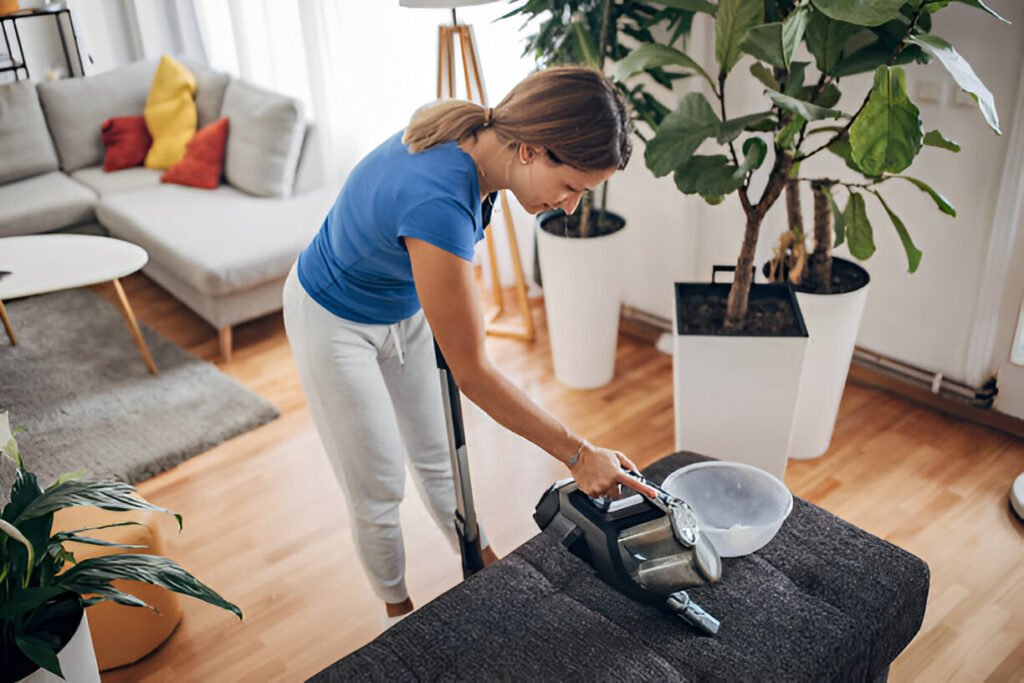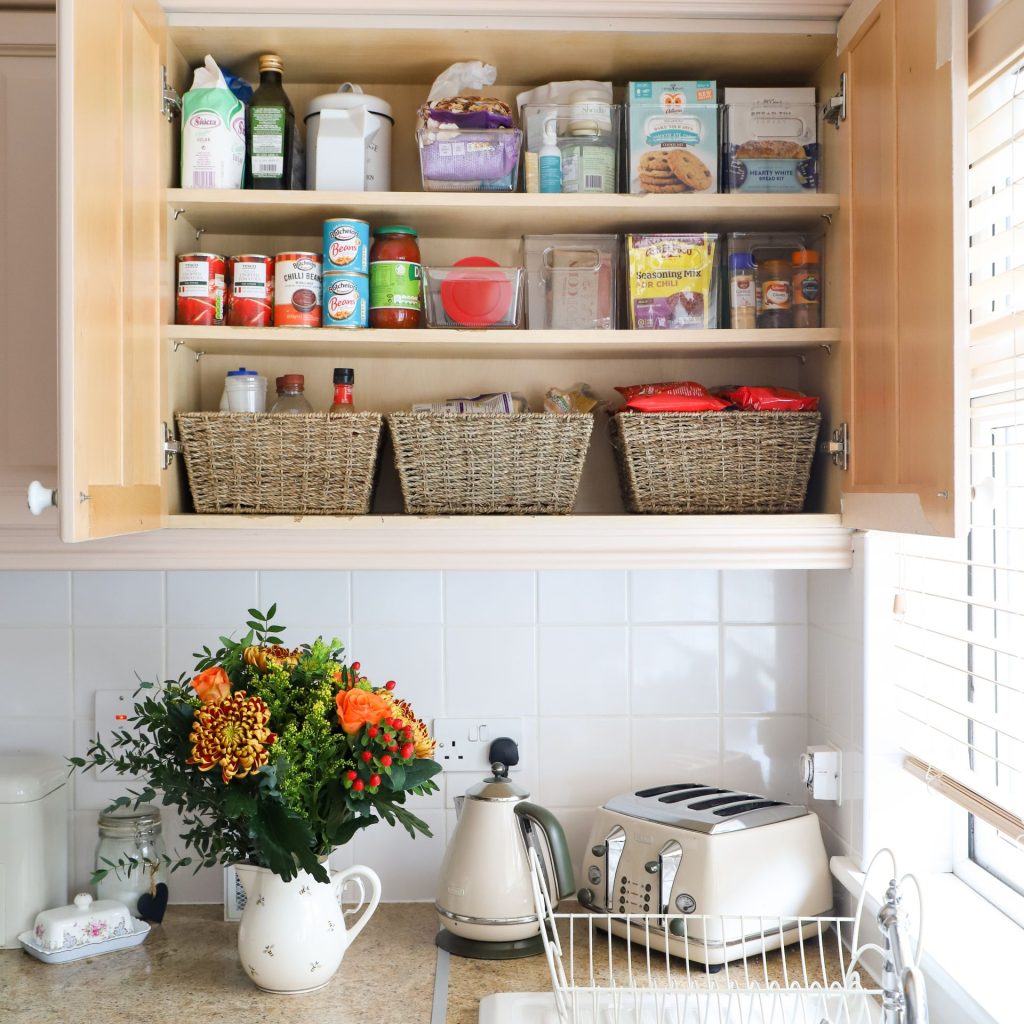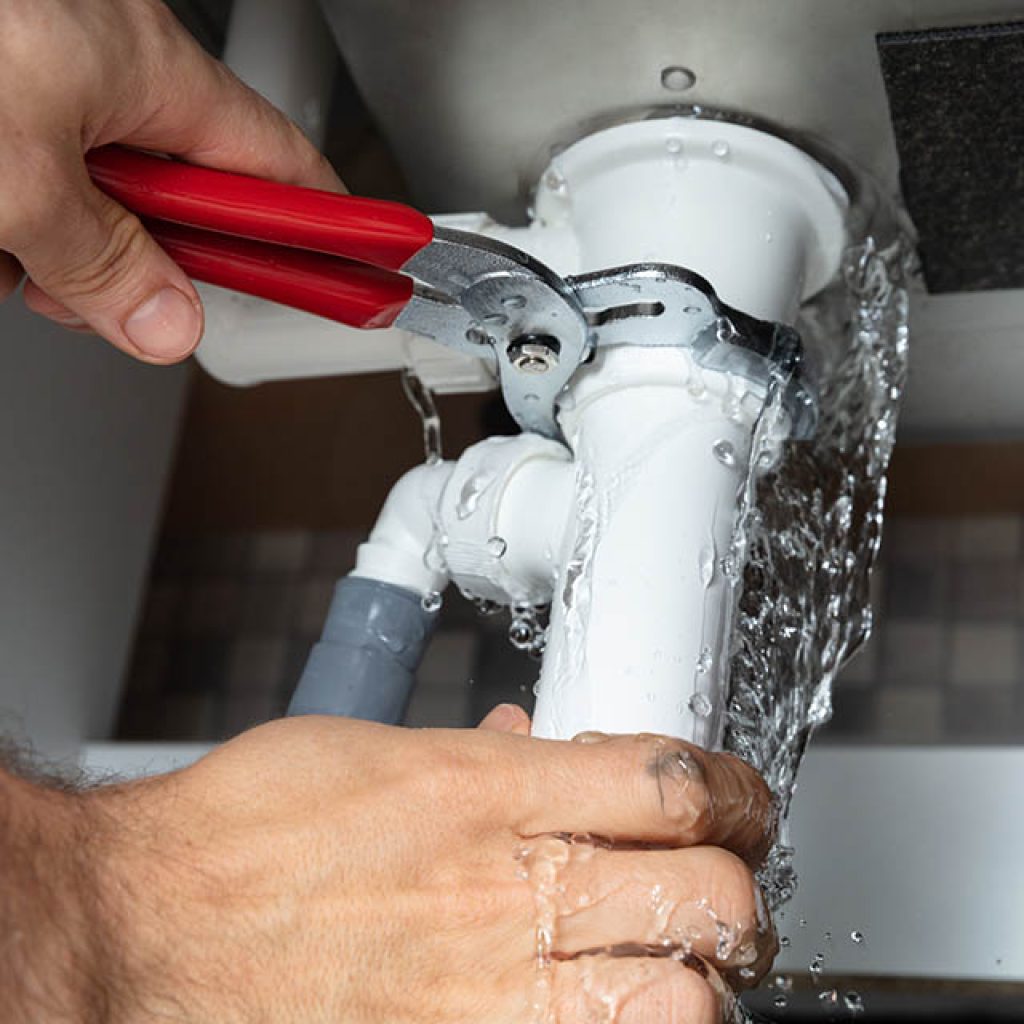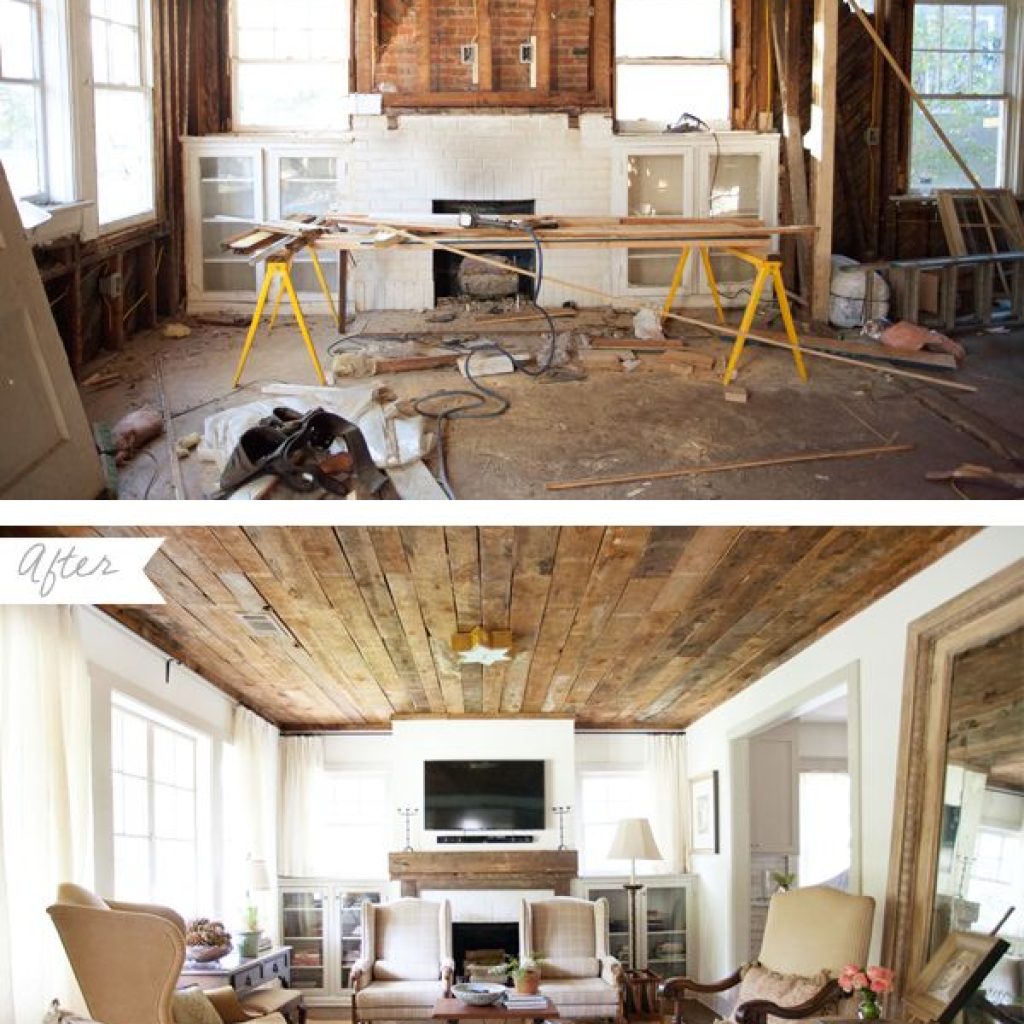Fixing water damage from plumbing leaks is a critical issue for homeowners. If left unaddressed, it can result in costly repairs and long-term structural damage.
Water damage weakens structures and invites mold. Addressing it quickly is crucial. Plumbing leaks may seem minor, but they can cause significant damage over time. Walls, floors, and furniture can all be affected. Immediate action can save you from bigger problems down the road.
In this blog, we will explore the steps to fix water damage caused by plumbing leaks. We will also discuss preventive measures to avoid future leaks. Understanding these steps can help protect your home and keep repair costs down.
Let’s dive into the world of plumbing leaks and explore how fixing water damage from plumbing leaks can be done effectively to prevent further issues.
Signs Of Water Damage
Water damage from plumbing leaks can lead to serious problems. Recognizing the signs early can save you money and stress. Here are some common indicators of water damage that you should not ignore.
Visible Stains
One of the most obvious signs of water damage is visible stains. These stains often appear on walls and ceilings. They can be yellow, brown, or copper in color. Stains may grow larger over time if the leak is not fixed. They can also indicate mold growth behind the surface.
Mold Growth
Mold grows in moist environments. If you see mold, you likely have a water leak. Mold can appear as black, green, or white spots. It can also cause a musty smell. Mold is harmful to your health and needs immediate attention. Fixing the leak will help stop the mold from spreading.

Immediate Actions
Experiencing a plumbing leak can be stressful. Taking immediate action is crucial. Quick steps can prevent further damage. Here’s what you need to do first.
Shut Off Water Supply
Locate the main water valve. Turn it off immediately. Stopping the water flow minimizes damage. Every home has a main shut-off valve. It’s usually near the water meter. Sometimes, it’s in the basement. If unsure, ask a neighbor or call a plumber. This step is vital. It stops more water from leaking.
Remove Standing Water
After shutting off the water, check for standing water. Use a wet vacuum to remove it. If you don’t have one, use towels or a mop. Removing water quickly prevents mold. It also stops damage to flooring and walls. Open windows and use fans. This helps dry the area faster. The quicker you act, the better.
Drying Out The Area
Drying out the area affected by water damage is crucial. After fixing the plumbing leaks, you must dry the space thoroughly. This prevents mold and further damage to your home. There are several effective methods to achieve this.
Using Fans And Dehumidifiers
Fans are great for drying out wet areas quickly. They circulate air, speeding up evaporation. Place several fans around the damp area for best results. Dehumidifiers are also useful. They remove moisture from the air, aiding the drying process. Use them together for faster drying.
Natural Ventilation
Open windows and doors to let fresh air in. Natural ventilation helps in drying out wet spaces. Sunlight is also beneficial. It can help dry out moisture naturally. Ensure good airflow throughout the area. This can reduce the risk of mold growth.

Assessing The Damage
Fixing water damage from plumbing leaks starts with assessing the damage, which is a crucial first step. This helps identify the extent of the water damage and what needs fixing. By thoroughly evaluating the affected areas, you can prevent further issues and plan the necessary repairs effectively.
Checking Structural Integrity
First, check the structural integrity of your home. Look for signs of sagging ceilings or walls. Inspect the floors for warping or buckling. These can indicate severe water damage. Pay attention to any unusual sounds, like creaking or cracking. These might signal weakened structures. If you find any of these signs, contact a professional immediately.
Inspecting For Mold
Mold can grow quickly in damp areas. Inspect for mold in all affected spaces. Look for discoloration on walls, ceilings, and floors. Mold often appears as black, green, or brown spots. Check hidden areas too, like behind furniture or inside closets.
If you smell a musty odor, this can also indicate mold presence. Use a flashlight to inspect dark corners. Mold can pose health risks, so it’s important to address it quickly.

Repairing Plumbing Leaks
Fixing water damage from plumbing leaks involves identifying the source and repairing it promptly. Quick action prevents mold growth and structural damage, ensuring a safe home environment.
Fixing water damage from plumbing leaks quickly can save you money. It prevents further water damage. Taking care of leaks is essential to maintain a healthy home. Let’s dive into how you can repair plumbing leaks effectively.
Fixing Pipe Connections
Loose pipe connections can cause leaks. Start by turning off the water supply. Then, inspect the pipe connections. Use a wrench to tighten loose connections. Apply plumber’s tape to seal any gaps. This helps prevent future leaks.
Replacing Damaged Pipes
Sometimes, pipes are too damaged to fix. In such cases, replacement is necessary. Begin by shutting off the water supply. Next, cut out the damaged pipe section. Use a pipe cutter for clean cuts.
Measure and cut a new pipe piece. Make sure it matches the old one. Connect the new pipe using pipe connectors. Tighten the connectors securely. Finally, turn on the water supply. Check for any leaks in the new pipe.
Preventing Future Leaks
Fixing water damage from plumbing leaks helps prevent future leaks. Regular inspections and prompt repairs maintain a healthy plumbing system.
Preventing future leaks is crucial to avoid the hassle and cost of water damage. By taking proactive steps, you can safeguard your home from potential plumbing problems. Here are some essential tips to help you.
Regular Inspections
Regular inspections are key to catching issues early. Check your plumbing system every few months. Look for signs of leaks, corrosion, or wear. Pay attention to areas under sinks and near appliances. Don’t forget to check behind the toilet and around the water heater. If you notice damp spots or unusual smells, take action immediately.
Upgrading Plumbing Systems
Old plumbing systems can be prone to leaks. Consider upgrading to modern materials. PEX and PVC pipes are more durable and less likely to corrode. Newer systems also offer better pressure control. This reduces the risk of burst pipes.
Consult a professional plumber to assess your current system. They can recommend the best upgrades for your home. Regular maintenance and timely upgrades can save you from future headaches.
Restoring Affected Areas
Fixing water damage from plumbing leaks can be a daunting task. Restoring affected areas is crucial to prevent further damage.
This process involves several steps to ensure your home returns to its original state. Below, we’ll discuss key aspects of this process. Let’s dive into drywall repair and flooring restoration.
Drywall Repair
Water-damaged drywall can lead to mold and structural issues. The first step is to assess the extent of the damage. Remove any soaked sections of drywall. Cut out the damaged areas using a utility knife. Ensure the edges are smooth and clean.
Next, replace the damaged sections with new drywall. Attach the new pieces using screws or nails. Apply joint compound to seal the seams. Sand the area once the compound is dry. Finally, paint the repaired section to match the rest of the wall.
Flooring Restoration
Water can ruin various types of flooring. Start by identifying the type of flooring affected. For carpet, remove and replace the padding. Clean and dry the carpet thoroughly. For hardwood floors, check for warping or buckling. Sand and refinish the affected areas. Tile flooring may require grout and tile replacement. Ensure the subfloor is dry and undamaged before reinstalling tiles.
Vinyl flooring may need replacement if it has bubbled or lifted. Properly drying and cleaning the subfloor is essential. This prevents mold growth and further damage.

Hiring Professional Help
When it comes to fixing water damage from plumbing leaks, it’s often best to call in the experts. Professional help can save you time, reduce stress, and ensure the issue is properly addressed. Let’s explore how to choose the right contractor and what factors to consider when it comes to costs.
Choosing The Right Contractor
Finding the right contractor is crucial to ensuring the job is done well. But how do you choose the right one? Here are some tips:
- Research: Look up reviews online. Check if they have good ratings on websites like Yelp or Google.
- Experience: Ask how many years they have been in business. More experience usually means better service.
- Licensing and Insurance: Make sure they are licensed and insured. This protects you in case something goes wrong.
- References: Don’t be shy to ask for references. Talking to past clients can give you an idea of what to expect.
Remember, a little homework upfront can save you a lot of headaches later.
Cost Considerations
Money matters, especially when dealing with unexpected repairs. Here’s what you need to keep in mind:
- Get Multiple Quotes: Don’t settle for the first quote you get. Compare prices from at least three contractors.
- Understand the Estimates: Make sure you know what is included in the estimate. Does it cover parts and labor? Are there any potential extra costs?
- Payment Plans: Ask if they offer payment plans. This can be helpful if you’re on a tight budget.
- Warranty: Check if they offer a warranty. A good warranty can save you money in the long run if something goes wrong.
While it may be tempting to choose the cheapest option, remember that quality work often comes at a price. Investing in a reliable contractor can save you from costly future repairs.
Hiring professional help can feel overwhelming, but with these tips, you’re on the right path to fixing your water damage issues efficiently. So, are you ready to take the plunge and find the best contractor for the job?
Frequently Asked Questions
How To Fix A Water Pipe Leak Without Replacing It?
Use epoxy putty to seal the leak. Wrap the pipe with rubber and secure it with hose clamps. Apply waterproof tape.
Does Homeowners Insurance Cover Damage From Plumbing Leaks?
Yes, homeowners insurance typically covers sudden and accidental plumbing leaks. However, routine maintenance issues are generally not covered. Always check your policy details to understand coverage for fixing water damage from plumbing leaks.
How To Fix Water Damage From A Leak?
First, stop the leak. Dry the affected area completely. Remove damaged materials. Clean and disinfect the area. Repair and restore.
How Expensive Is It To Fix A Water Leak?
Fixing a water leak can cost between $150 to $500, depending on severity and location. Early detection can reduce costs.
Conclusion
Fixing water damage from plumbing leaks is crucial. Early detection saves money. Repair leaks promptly to prevent further damage. Use professional help if needed. Regular maintenance helps avoid future issues. Protect your home from costly repairs. Stay vigilant and inspect plumbing regularly.
Water damage can lead to mold and structural problems. Act quickly to minimize damage. Keep your home safe and dry. Follow these tips for a healthier living space. Taking action now prevents bigger problems later.












2 thoughts on “Fixing Water Damage from Plumbing Leaks: Expert Solutions Revealed”
Pingback: DIY Plumbing Repair for Burst Pipes: Quick Fixes & Tips - Sweet Home Zone
Pingback: How to Repair Damaged Laminate Flooring at Home: Step-by-Step Guide - Sweet Home Zone